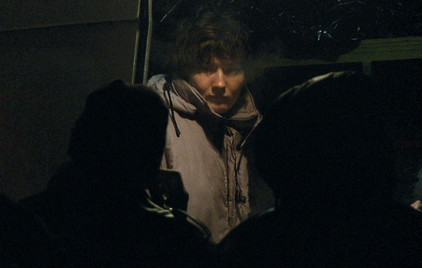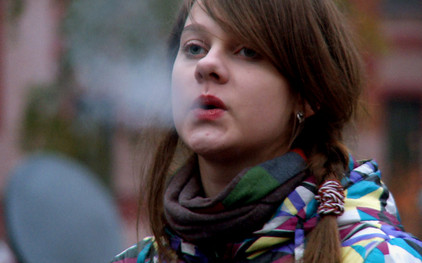


Street children in Saint Petersburg
In Soviet times, there was virtually no street children. Begging was forbidden and was considered a criminal offense for which one went to jail. Although perestroika and glasnost led to a democratization from 1986, but at the same time the government slipped in a huge economic crisis. Food was rationed and increasingly dominated the cityscape of begging homeless. Suddenly, there were children who had to live on the street because no one cared about them or their parents could no longer cope with the new conditions.
Only in 1991, with the decriminalization of homelessness, an official response to the issue was possible and it came to the establishment of organizations such as Upsala Circus. Today it is estimated that around 16'000 children live in St. Petersburg on the road. Accurate statistics do not exist because street children are difficult to officialy count. Increasingly, the so-called "social orphans," young people who usually do not have a parent where they can stay barely differ from "normal" children. They benefit from the help of NGOs, giving them food and clothing and spend the most time on the road, where they socialize and so run the risk of falling into petty crime.
"For a while, I asked the children who came: 'Why do you live on the street and not with your parents?' I thought they would say because at home it was bad and they were beaten, but almost all replied: '.. Because it is more exciting to live on the street' This has shaken me! "
Alexei, HAF, help for street children, Saint Petersburg.
